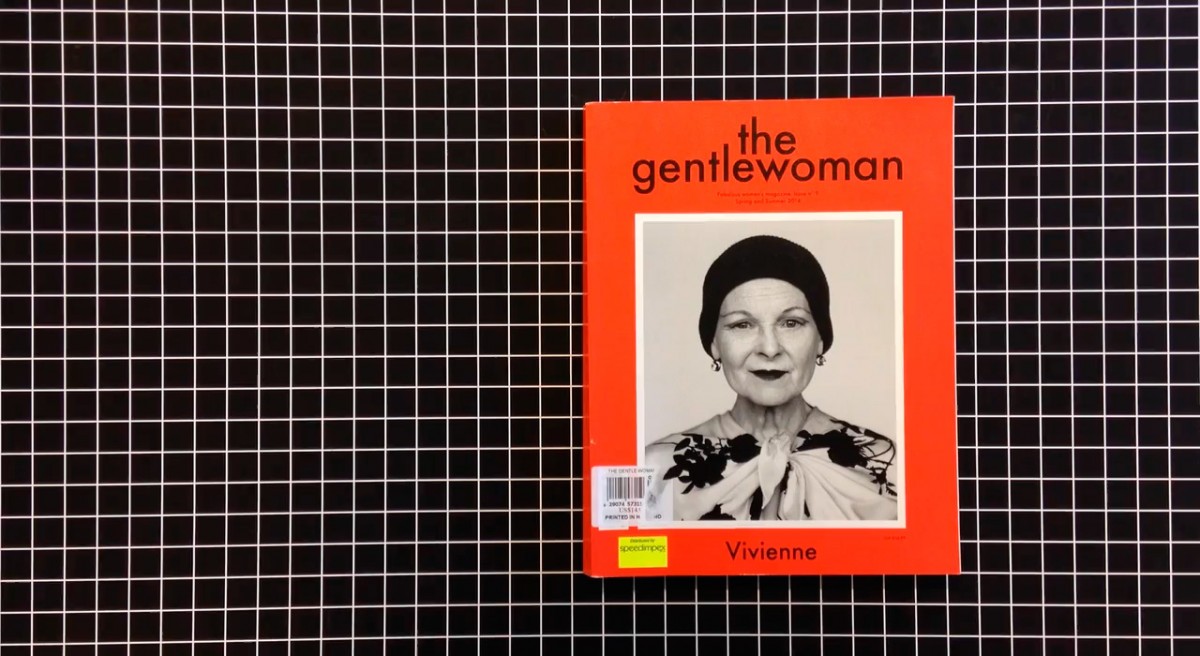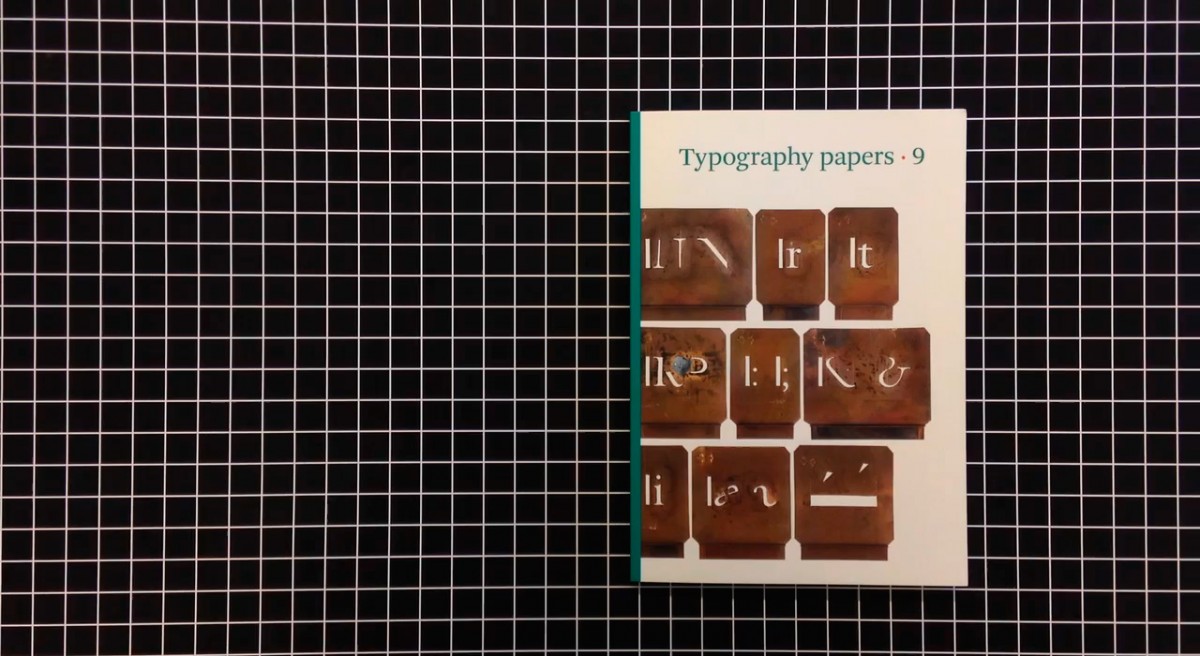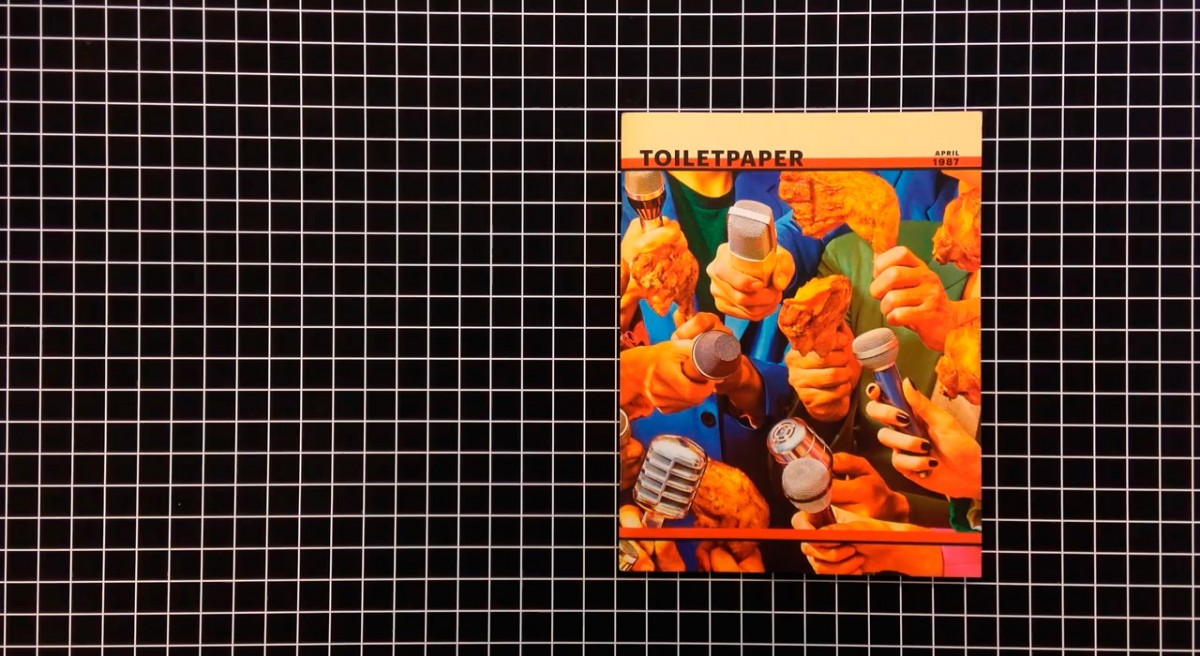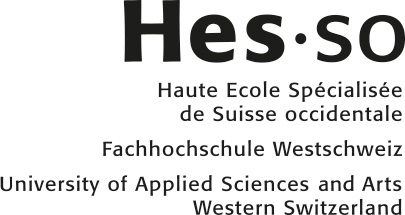Further Reading
A collection of digital publishing references.
- App
- Browser
- Color
- Communication
- Cover
- Design
- Digital
- Emoji
- Exhibition
- Graphic Design
- History
- Internet
- Magazine
- Motion
- Navigation
- Photography
- Programming
- Typography
- UI
- UX
- Virus
- Visuals
- VR
- Web Design
- Wireframe
Scrolling on the web: A primer
blogs.windows.com
Scrolling is one of the oldest interactions on the web. Long before we had pull-to-refresh or infinite-loading lists, the humble scrollbar solved the web’s original scaling problem: how can we interact with content that’s stretched beyond the available viewport?






